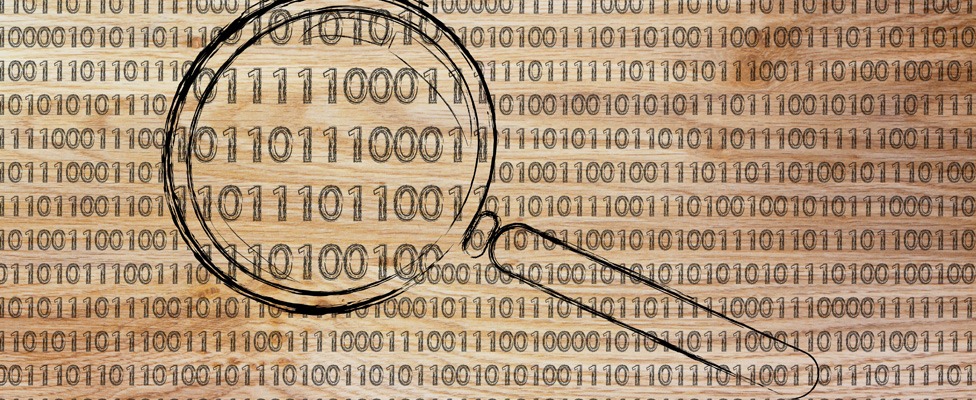Preserving historical documents is essential for maintaining cultural heritage and enabling future generations to learn from the past. Optical Character Recognition (OCR) technology plays a crucial role in digitizing and preserving these valuable documents, making them accessible to researchers, historians, and the general public. In this article, we will explore the significance of OCR in historical document preservation and the various ways in which this technology is utilized for this purpose.
Digitization of Historical Documents
Conversion to Textual Format
One of the primary functions of OCR in historical document preservation is the conversion of printed or handwritten text into digital format. OCR software analyzes scanned images of documents and identifies characters, words, and sentences, converting them into editable and searchable text. This process enables historians and archivists to create digital replicas of historical documents, which can be stored, indexed, and accessed electronically.
Enhancing Accessibility
By digitizing historical documents through OCR, institutions and organizations can significantly enhance their accessibility to a broader audience. Digital copies of documents can be made available online or through digital archives, allowing researchers, students, and enthusiasts from around the world to access and study these materials without the need to visit physical archives or libraries. This increased accessibility promotes scholarly research, facilitates education, and fosters a deeper understanding of history and culture.
Preservation and Restoration
Long-Term Storage
OCR technology enables institutions to create digital backups of historical documents, ensuring their long-term preservation and protection against physical degradation, loss, or damage. Digital copies can be stored in secure archival systems with proper backup procedures, reducing the risk of data loss due to environmental factors, such as fire, flood, or deterioration. Additionally, digital preservation allows for the creation of multiple copies stored in geographically dispersed locations, further safeguarding the integrity of the documents.
Restoration of Legibility
In many cases, historical documents may suffer from aging, fading, or damage, making them difficult to read or decipher. OCR software can assist in restoring the legibility of such documents by enhancing the clarity and contrast of text during the digitization process. Advanced OCR algorithms can intelligently identify and correct distortions, smudges, or other imperfections in scanned images, resulting in clearer and more readable digital reproductions.
Indexing and Metadata Management
Structured Data Extraction
OCR technology not only converts text but also enables the extraction of structured data from historical documents, such as names, dates, locations, and other relevant information. By automatically indexing and cataloging digitized documents based on their content, OCR facilitates efficient search and retrieval, allowing users to quickly locate specific documents or information within large archival collections.
Metadata Enrichment
In addition to extracting textual content, OCR can help enrich metadata associated with historical documents, providing additional context and descriptive information that enhances their value and utility. Metadata enrichment may involve tagging documents with keywords, categorizing them by subject matter or genre, and linking them to related materials within a digital archive. By enriching metadata, OCR contributes to the organization, discovery, and interpretation of historical resources.
Conclusion
In conclusion, OCR technology plays a vital role in the preservation of historical documents by digitizing, enhancing accessibility, facilitating restoration, and managing metadata. By harnessing the power of OCR, institutions and organizations can ensure the long-term conservation and dissemination of valuable historical materials, thereby preserving cultural heritage and promoting scholarly research and education for generations to come.

